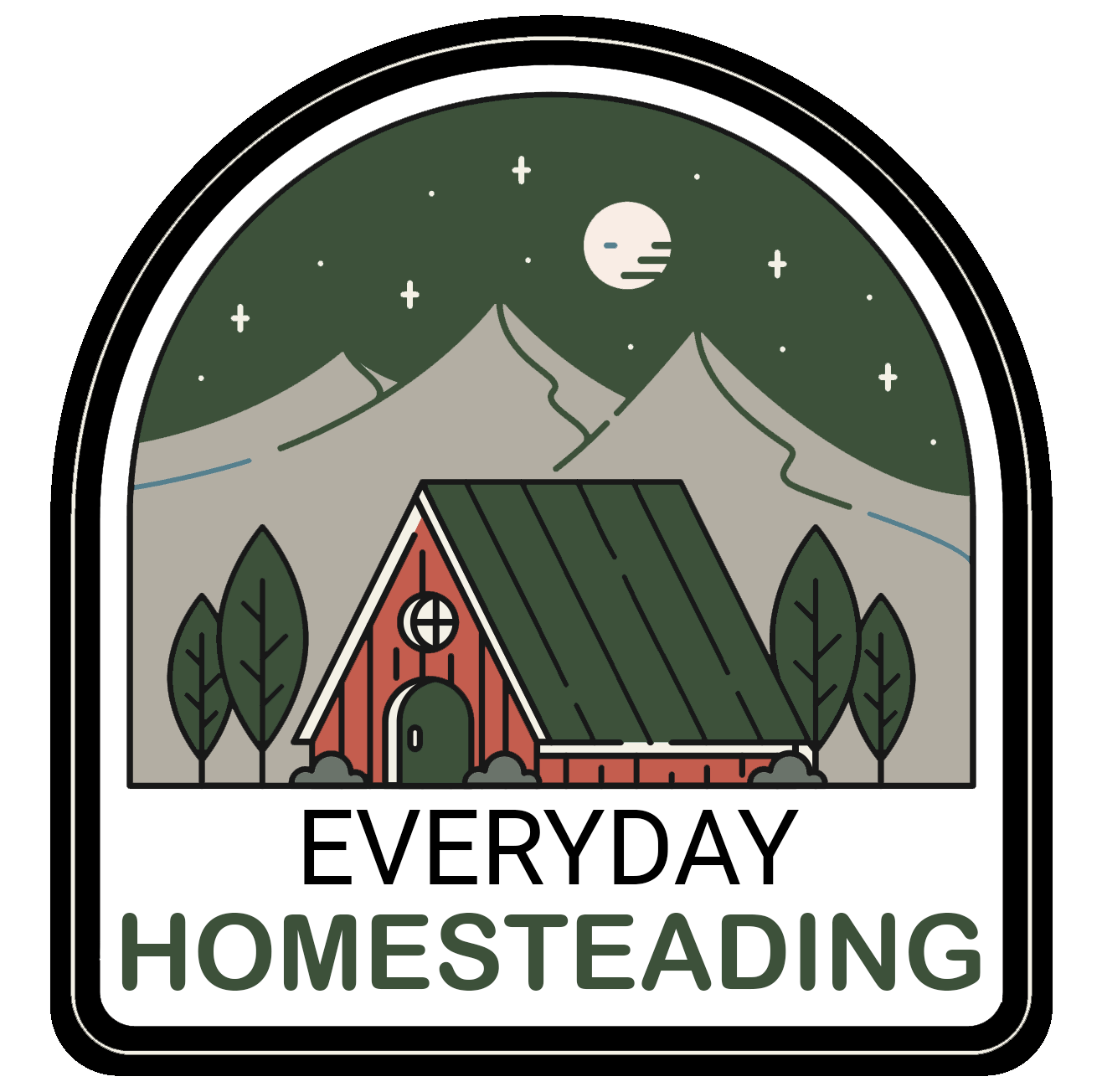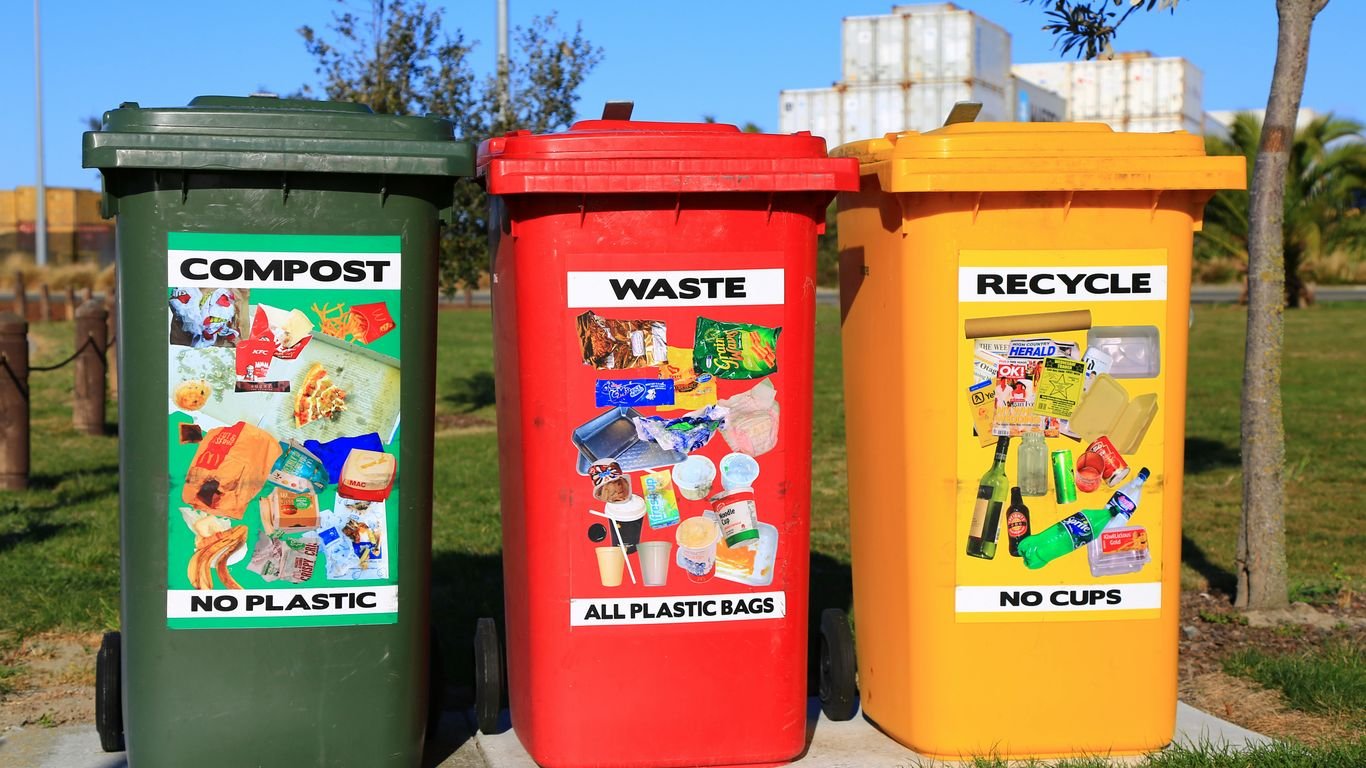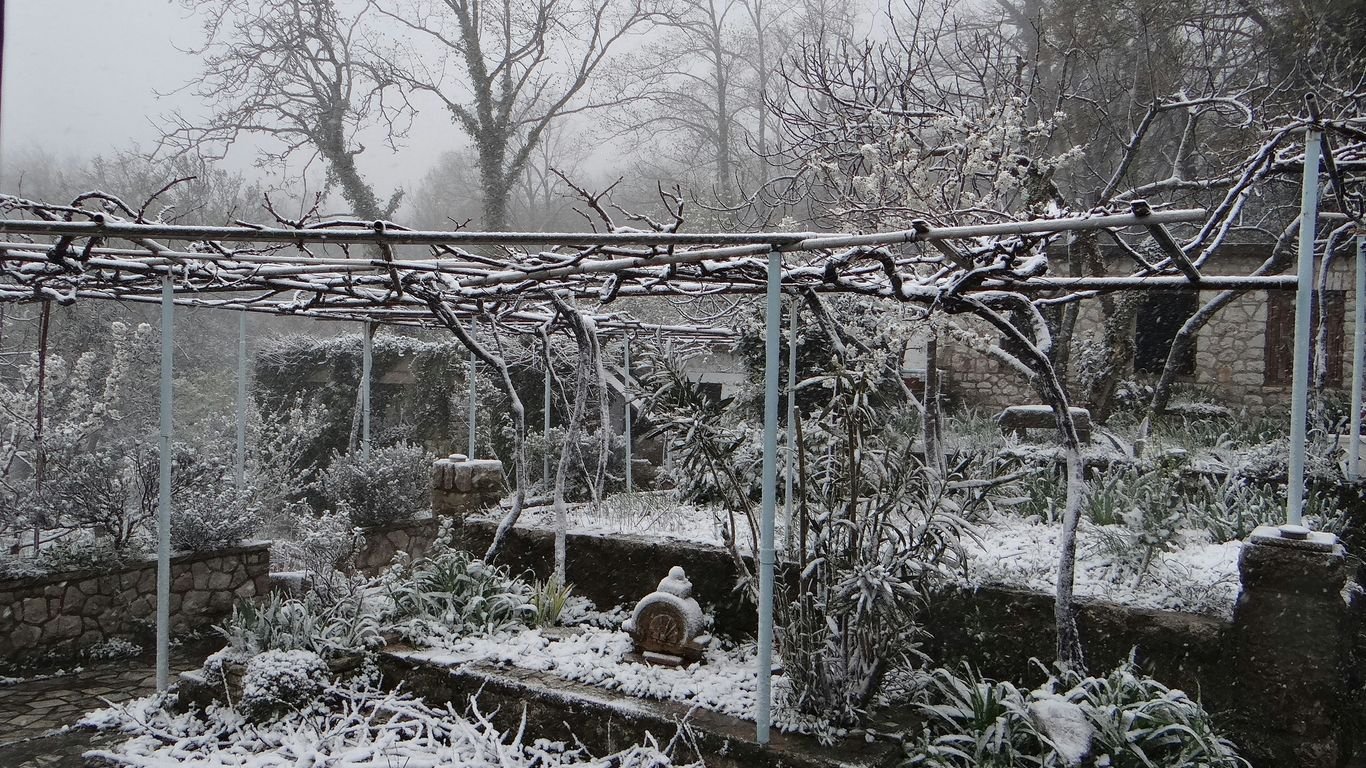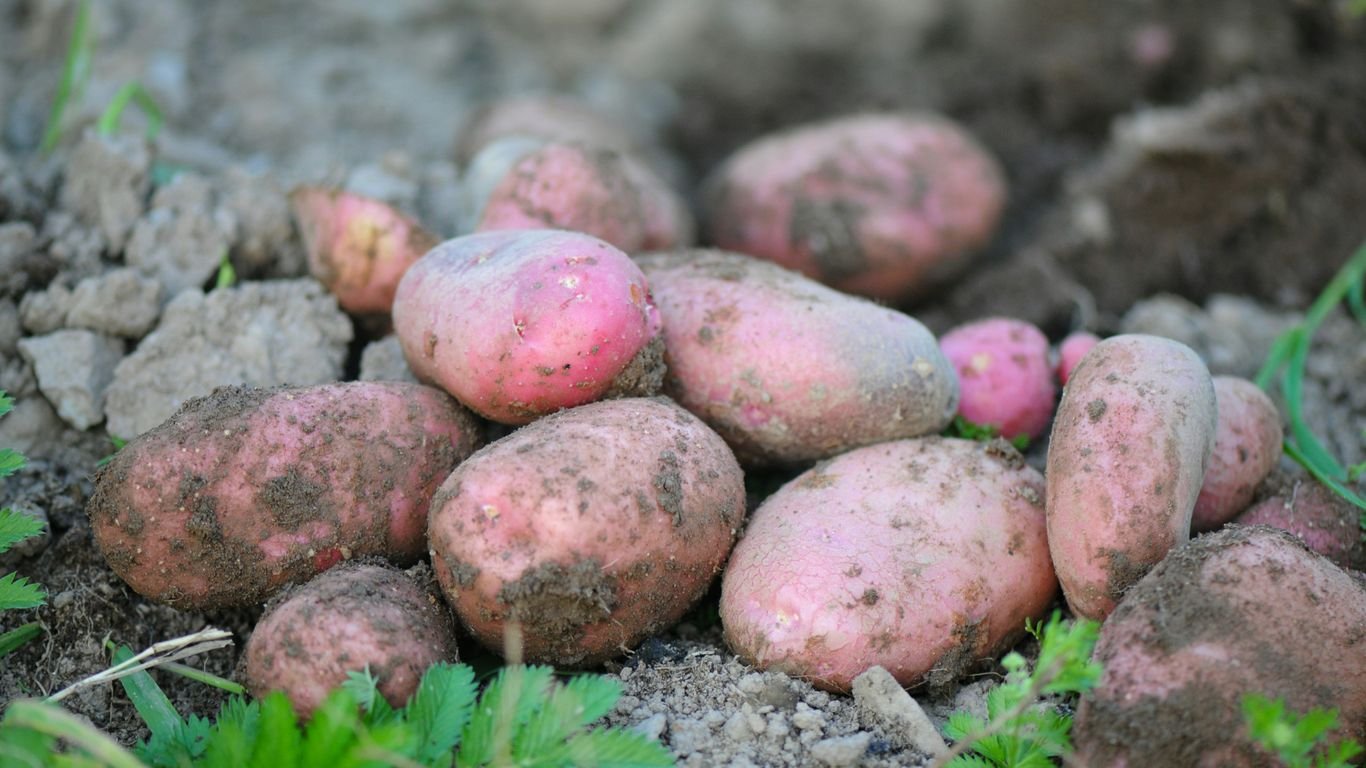Foraging in Washington: Pacific Northwest Berries and Mushrooms
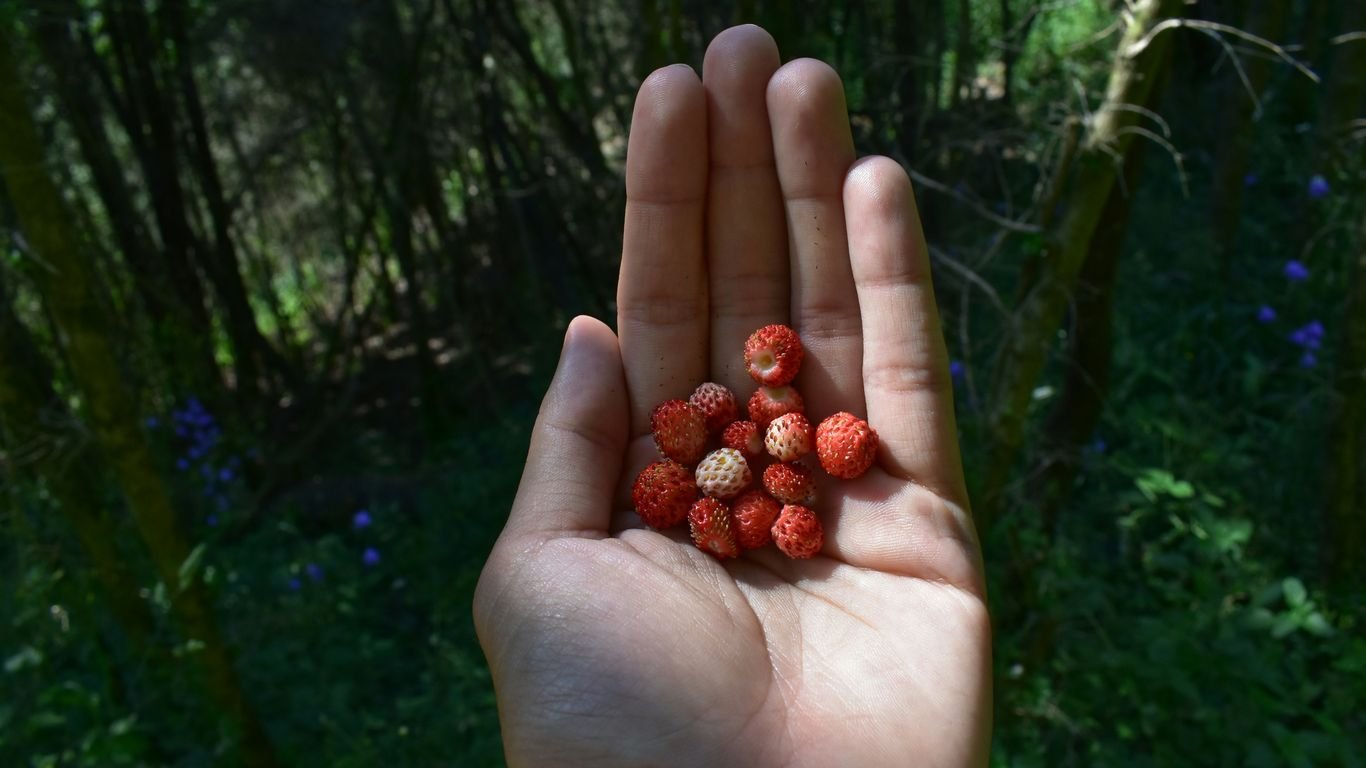
We’ve been exploring the wild side of Washington, and let us tell you, the foraging here is something else. From the deep woods to the forest floor, we’ve found so many incredible edible mushrooms and berries. It’s amazing what you can discover when you know where and when to look. Our foraging Washington adventures have taught us a lot about the local landscape and its delicious offerings. We want to share some of our favorite finds and tips with you.
Key Takeaways
- We can find many kinds of edible mushrooms like Chanterelles, Oyster Mushrooms, Chicken of the Woods, and King Boletes in Washington’s forests.
- Fall is the best season for mushroom foraging in Washington, but some varieties can be found in winter and summer too.
- Beyond mushrooms, we can also forage for tasty berries like Evergreen Huckleberries and roots like Burdock Root.
- It’s really important to know how to tell edible plants and mushrooms apart from poisonous ones and to practice safe harvesting.
- Always use the right gear and follow sustainable practices when foraging in Washington to protect the environment and ensure future finds.
Discovering Washington’s Edible Mushrooms

We’re heading into the woods of Washington to find some amazing edible mushrooms. The Pacific Northwest is a fantastic place for foraging, with its damp forests and varied terrain. It’s easy to get started, and the rewards are delicious.
Chanterelles: Golden Treasures of the Forest
Chanterelles are probably one of the most sought-after mushrooms out here. They have this beautiful golden color and a really nice, sort of fruity aroma. You’ll often find them growing in clusters, usually above 1,000 feet, especially on north-facing slopes. They like to hang out under western hemlock and Douglas-fir trees. If you find one chanterelle, chances are there are more nearby, so keep your eyes peeled! They have these wavy, forked gills that run down the stem, which helps tell them apart from other mushrooms.
Oyster Mushrooms: Clusters on Deadwood
Oyster mushrooms are another great find, and they’re pretty easy to spot because they tend to grow in shelves or clusters on dead hardwood trees. You’ll often find them in damp areas, like near creeks. They come in a variety of colors, from white and cream to pink and gray. The best ones are usually the younger ones, before the caps open up too much. They have a mild, slightly sweet flavor and a subtle anise scent.
Chicken Of The Woods: A Meaty Delight
This mushroom is hard to miss with its bright orange and yellow colors. It grows on dead or dying trees and has a dense, meaty texture that makes it a favorite for many. It’s also a good one for beginners because there aren’t really any poisonous mushrooms that look exactly like it. It’s usually found from late summer into fall, so keep an eye out during those months.
King Bolete: The Nutty Porcini
Known as porcini in Italy, the King Bolete is a real treat. You can recognize it by its thick, often bulbous stem, which has a distinctive web-like pattern, and its smooth cap. The underside of the cap is a spongy layer, not gills, that starts white and turns yellowish as it ages. They have a wonderfully nutty and slightly sweet flavor. We often find them near trails or in forest openings, especially after a good rain. A key identifier is that their flesh doesn’t bruise blue, which is helpful when distinguishing them from other boletes. You can find great resources for identifying mushrooms, like those focused on homesteading skills.
When foraging, always remember to be respectful of the environment. Take only what you need, leave plenty behind for the ecosystem, and try to harvest from different areas to help the fungi populations continue to thrive.
Seasonal Foraging For Fungi

Fall’s Bounty: Coveted Edible Mushrooms
Fall is when the Pacific Northwest really shows off its fungal treasures. The air gets that crisp, damp feel, and the forests practically hum with mushroom life. We find that this season is particularly rewarding because so many of our favorite edible mushrooms fruit during these cooler months. It’s a fantastic time to be out in the woods, and many of us find that the mushrooms we discover often coincide with other seasonal activities, like hunting. One year, a hike in late October turned into a revelation. Despite a light dusting of frost, we found chanterelles bigger than our palms and a cauliflower mushroom that filled our basket. It really opened our eyes to the abundance that’s out there.
The variety of mushrooms available in the fall is truly impressive.
Here’s a quick look at some of the stars of the fall season:
- Chanterelles: These golden beauties are often found in conifer forests. Their sweet aroma and forked gills make them a bit easier to identify, but always double-check your finds.
- Oyster Mushrooms: You’ll often spot these growing in clusters on dead trees. Their oyster-shaped caps and white gills are distinctive, but be mindful of poisonous look-alikes like the angel wing mushroom.
- Chicken of the Woods: This bright orange, meaty mushroom is a beginner’s dream because it has no poisonous look-alikes. It’s dense and flavorful, making it a great substitute for meat in many dishes.
- King Bolete (Porcini): Known for their nutty flavor and firm texture, these are a real prize. They often grow at the base of conifers and can be quite substantial.
Remember, responsible foraging means leaving plenty behind for the ecosystem. We try to harvest from different areas and take only mature specimens, allowing the younger ones to grow.
Winter Wonders: Lingering Fungi Finds
Don’t pack away your foraging gear just because winter arrives! While the selection might be slimmer, there are still some hardy fungi to be found. The evergreens keep their needles, and some mushrooms are perfectly happy to fruit in the cooler, wetter conditions. We’ve had success finding delicious mushrooms even when there’s a bit of frost on the ground. It’s a testament to the resilience of nature and the diverse microclimates found throughout Western Washington.
- Yellowfoot Chanterelles (Winter Chanterelles): These smaller cousins of the fall chanterelles are often found in mossy areas or on decaying wood in cool, damp conifer forests. Their yellow-brown caps and slender stems are a welcome sight.
- Hedgehog Mushrooms: Similar to yellowfoots, these also tend to linger into the winter months. They have distinctive, tooth-like structures on their undersides instead of gills.
- Cauliflower Mushrooms: These can sometimes be found well into winter, especially at the base of conifers. Their unique, ruffled appearance is unmistakable.
Summer’s Slim Pickings: Still Some Gems
Summer in the Pacific Northwest can be quite dry, which means mushroom foraging is often a bit more challenging. However, it’s not impossible! We’ve learned to look for species that can tolerate the drier conditions or those that might pop up after a rare summer rain shower. It might require a bit more searching, but finding these summer treasures is incredibly rewarding.
- Chicken of the Woods: While it fruits more heavily in late summer and fall, you can sometimes find this bright orange delight starting in August.
- Chanterelles: Depending on the specific weather patterns, some chanterelles can still be found during the summer months, especially in shaded, moist areas.
- Lobster Mushrooms: These are fascinating because they are actually a parasitic fungus that attacks other mushrooms. They have a firm texture and a unique, slightly seafood-like flavor, and can sometimes be found in the summer.
Beyond Mushrooms: Berries and Roots
While mushrooms often steal the spotlight in the Pacific Northwest foraging scene, we shouldn’t forget about the delicious berries and earthy roots that also grace our forests and fields. These often-overlooked treasures offer a different kind of culinary adventure and a chance to connect with the land in a new way.
Evergreen Huckleberries: A Traditional Treat
These little gems, sometimes called "winter huckleberries" because they ripen later in the season, have a long history of being gathered by Indigenous peoples of the Pacific Northwest. We can find them by looking for plants with leathery leaves that have sawed edges. When they’re ripe, the berries turn a deep black or dark blue/purple. They’re great eaten fresh, tossed with a bit of oil, or even made into jams. Some folks even add them to muffin or scone batter for a burst of sweet-tart flavor. Just remember, like us, birds and chipmunks love these berries too, so be mindful and don’t take the whole shrub. Leaving some for wildlife is part of being a good forager.
Burdock Root: Earthy Flavors
Don’t let its somewhat scraggly appearance fool you; burdock root is a fantastic find for those seeking a unique, earthy flavor. You can identify it by its carrot-like shape and firm texture. While the plant itself prefers warmer weather, the roots are tough enough to survive through the Pacific Northwest’s coldest winters. Once you’ve dug them up, peel them and then prepare them however you like – sautéed, fried, roasted, or boiled. They add a wonderfully bitter, earthy note to dishes. Learning to identify plants like burdock really expands our foraging toolkit.
Foraging responsibly means understanding that many edible plants and mushrooms have poisonous look-alikes. Always be 100% sure of your identification before consuming anything. When in doubt, leave it out.
We can also use parts of conifer trees for a vitamin C boost. The needles of Douglas fir or spruce trees, when snipped and steeped, make a pleasant and healthy tea. It’s a simple way to enjoy a warm drink after a day out in the woods, and a great way to utilize what the forest provides. You can find more information on using plants for teas and other garden benefits at natural fertilizers.
Foraging Washington Safely and Sustainably
Heading out into the woods to find your own food is a fantastic experience, but we need to be smart about it. It’s not just about finding tasty treats; it’s about doing it the right way so we can keep doing it for years to come. We want to be good stewards of the forest.
Identifying Edible vs. Poisonous Look-Alikes
This is probably the most important part of foraging. There are so many mushrooms and plants out there, and some of them look really similar to the edible ones we want. For example, the oyster mushroom, which grows in clusters on deadwood, can be mistaken for the poisonous angel wing mushroom. We need to know the differences. Oyster mushrooms are usually shell-shaped with white gills that run down the stem, and they can get pretty big, up to 10 inches across. Angel wings are more like thin wings and are typically white. Always double-check your identification. If you’re not 100% sure, don’t eat it. It’s better to be safe than sorry. Getting a good field guide or joining a local foraging group can really help with learning these distinctions.
Sustainable Harvesting Practices
When we find something good, it’s tempting to take it all, but that’s not how we keep the bounty coming. We need to practice sustainable harvesting. This means leaving plenty behind for the forest and its other inhabitants. When you find a patch of mushrooms, take only a few, and try to harvest from different spots. Leave the young ones to grow and mature. For berries, like the evergreen huckleberry, don’t strip an entire bush bare. Remember, birds and chipmunks need them too. It’s all about balance and respecting the natural cycles. This approach helps ensure that these wild foods will be around for future foraging trips and supports the overall health of the ecosystem. Learning about growing and hunting for your own food can give you a broader perspective on self-sufficiency and responsible resource use.
Essential Gear for the Trail
To forage safely and effectively, we need a few key items. First, a good basket or breathable bag is important for carrying your finds without crushing them. A small knife is handy for cutting mushrooms or roots. Always bring water and some snacks, because you never know how long you’ll be out. A reliable field guide specific to our region is a must-have for identification. And don’t forget a map and compass or GPS device, especially if you’re going into unfamiliar territory. Dress in layers, wear sturdy shoes, and be aware of your surroundings. A basic first-aid kit is also a smart addition to your pack.
Unique Foraging Finds
Beyond the more common mushrooms and berries, the Pacific Northwest offers some truly unique edible treasures that are worth seeking out. These finds might require a bit more specific knowledge, but the reward is well worth the effort.
Lobster Mushrooms: A Fungal Parasite
Lobster mushrooms are fascinating because they aren’t a mushroom in the traditional sense. Instead, they are the result of a parasitic fungus, Hypomyces lactifluorum, that attacks and transforms other mushrooms, most commonly Russula or Lactarius species. The parasitic fungus completely alters the host, turning it a vibrant reddish-orange and giving it a dense, firm texture. The flavor is often described as rich, seafood-like, and slightly peppery, making it a real delicacy. We look for them in coniferous forests, often near the coast, typically from late summer through fall. When you find one, it’s usually a good sign that more are nearby, as the parasite spreads.
Puffballs: Simple and Versatile
Puffballs are another group of fungi that are often overlooked but are quite rewarding. These mushrooms lack the typical cap-and-stem structure. Instead, they are solid, round or oval, and grow directly from the ground. The key to identifying edible puffballs is to cut them open. If the inside is uniformly white and firm, like a marshmallow, it’s likely edible. If you see any signs of gills, developing caps, or discoloration, it’s best to leave it alone. We’ve found them in meadows, fields, and even along forest edges. They can be sliced and sautéed, fried, or even used in soups. Their mild flavor makes them a great canvas for other ingredients.
Conifer Teas: A Vitamin C Boost
While not a mushroom or berry, we can’t forget about the refreshing teas we can make from conifer needles. During the colder months, when other foraging options are scarce, the needles of trees like Douglas fir or spruce offer a wonderful source of vitamin C. We simply snip fresh, green needles, crush them slightly to release their oils, and steep them in hot water. It’s a simple way to enjoy a warm, citrusy beverage straight from the forest. Just be sure to correctly identify the conifer species, as not all are suitable for tea. We usually stick to Douglas fir and spruce, which are abundant and easy to identify. For a bit more information on identifying trees for foraging, you can check out this guide on beech nuts.
Happy Foraging!
So, there you have it. We’ve covered some of the best berries and mushrooms you can find out here in the Pacific Northwest. It’s a pretty amazing way to connect with nature, and honestly, the food tastes so much better when you’ve put in the effort to find it yourself. Just remember to be safe, always double-check your identifications, and leave plenty behind for others and for the forest itself. We’ve barely scratched the surface, but hopefully, this gives you a good starting point for your own foraging adventures. Get out there and explore!
Frequently Asked Questions
What are the best times of year to go mushroom hunting in Washington?
Fall is generally the prime time for mushroom foraging in the Pacific Northwest because many tasty mushrooms show up then. However, you can find some edible mushrooms like oyster mushrooms and chanterelles even in winter, and there are still a few gems to find in summer, though it’s usually slimmer pickings.
How can we tell edible mushrooms from poisonous ones?
This is super important! We need to be really careful because some edible mushrooms look a lot like poisonous ones. For example, oyster mushrooms can be mistaken for angel wing mushrooms. Always learn the specific features of each mushroom, like the shape of the cap, the gills underneath, and how the flesh reacts when cut. If you’re not 100% sure, don’t eat it!
What are some easy-to-identify edible mushrooms for beginners?
Chicken of the Woods is a great choice for new foragers because it doesn’t have any poisonous look-alikes. It’s bright orange and has a meaty texture. King Boletes, also known as porcini, are another good option with a nutty flavor. Just remember to always double-check your identification.
Besides mushrooms, what else can we forage in Washington?
We can find delicious berries like Evergreen Huckleberries, which are a traditional treat. We can also dig for Burdock Root, which has an earthy flavor and can be cooked in various ways. Even conifer needles from trees like Douglas fir can be used to make a vitamin C-rich tea!
What are some important rules for foraging sustainably?
To help the forests stay healthy, we should always practice sustainable foraging. This means we don’t take all the mushrooms or berries from one spot. We leave most of them behind so they can reproduce, harvest from different areas, and take from the older, more mature ones to let the younger ones grow.
What gear do we need for foraging trips?
When we head out to forage, we need to be prepared. We should bring bug spray, especially for ticks and mosquitoes, and maybe even special clothing to keep them away. A good basket or bag to carry our finds is essential, and of course, a field guide or app to help us identify what we find safely.



